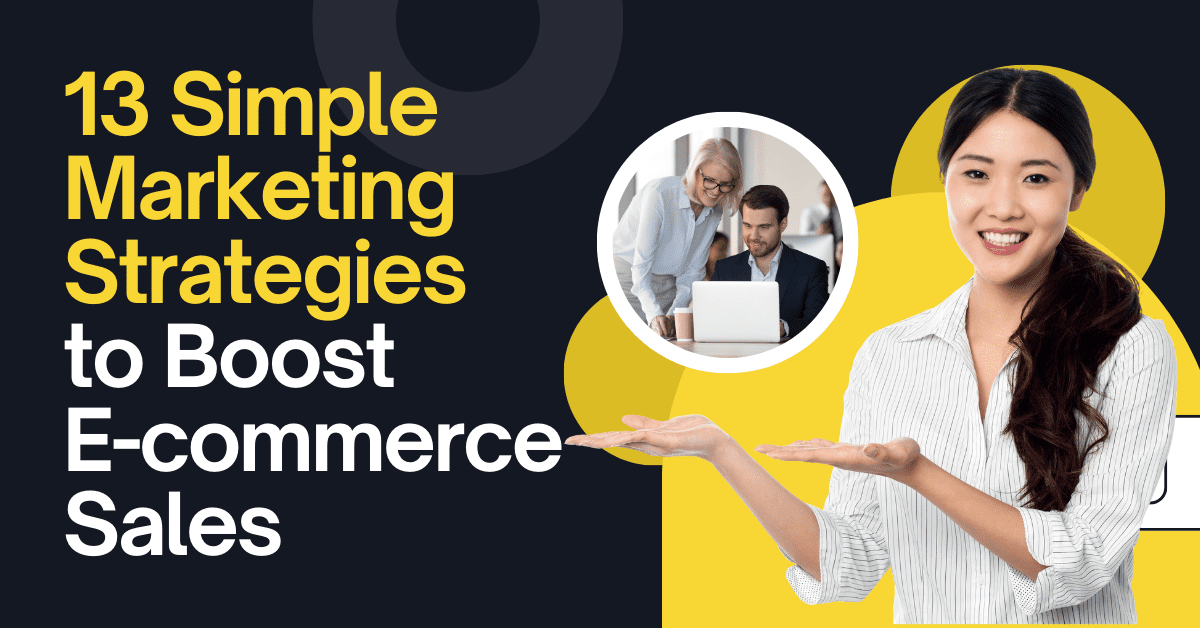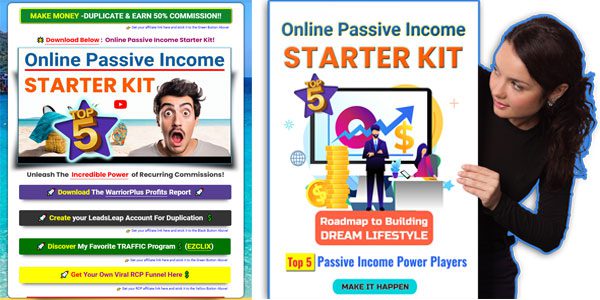Why Marketing Matters in E-commerce
Marketing is the engine that drives sales for your e-commerce store. It’s not just about promotions—it’s about creating a connection with your customers, offering value, and staying ahead of the competition. Let’s explore detailed strategies that can help you achieve success.
Table of Contents
1. Use Multiple Communication Channels
What Is It?
This means promoting your products and engaging customers across platforms like social media, email, chat apps, and even SMS.
How Does It Work?
By being present on various channels, you meet customers where they are most active. For instance, share promotions on Instagram, send personalized email offers, and provide instant support through WhatsApp.
Benefits:
- Reaches a broader audience.
- Enhances customer experience through availability.
- Increases chances of engagement and conversions.
2. Understand Your Customers Better
What Is It?
This involves analyzing customer behavior, preferences, and needs using data tools.
How Does It Work?
Use tools like Google Analytics to track user activity or run surveys to gather feedback. For example, if data shows most customers buy during sales, you can plan frequent discounts.
Benefits:
- Develop tailored campaigns.
- Offer products customers genuinely need.
- Build long-term loyalty.
3. Simplify the Shopping Process
What Is It?
Making your website easy to navigate, fast, and convenient for shoppers.
How Does It Work?
Ensure your site has features like a search bar, clear product categories, and multiple payment options. Reduce unnecessary steps in checkout.
Benefits:
- Prevents frustration.
- Reduces cart abandonment.
- Encourages repeat purchases.
4. Regularly Test and Optimize Strategies
What Is It?
Constantly improving your marketing campaigns and website performance through testing.
How Does It Work?
Use A/B testing to compare two versions of a webpage or ad. For instance, test two different headlines on your product page and see which performs better.
Benefits:
- Maximizes ROI on marketing efforts.
- Identifies what resonates with customers.
- Improves overall site performance.
5. Analyze Competitors
What Is It?
Studying what your competitors are doing right (or wrong) to improve your own business.
How Does It Work?
Tools like SEMrush and Ahrefs can show competitor keywords, backlinks, and ad strategies. For example, if a competitor ranks high for “organic skincare,” you can target similar keywords.
Benefits:
- Stay ahead in the market.
- Find gaps to fill in your niche.
- Avoid repeating their mistakes.
6. Grow Your Email List
What Is It?
Building a database of customer emails to send personalized marketing messages.
How Does It Work?
Offer incentives like discounts or exclusive content for signing up. Once you have their email, send regular newsletters with updates and offers.
Benefits:
- Inexpensive way to nurture leads.
- Drives repeat purchases.
- Keeps your brand top-of-mind.
7. Leverage User-Generated Content (UGC)
What Is It?
Encouraging customers to share content (photos, videos, reviews) featuring your products.
How Does It Work?
Ask customers to post their experience on social media with a branded hashtag. For example, a clothing brand might encourage users to share selfies in their outfits.
Benefits:
- Builds trust through social proof.
- Expands reach as customers promote for you.
- Creates authentic content for your campaigns.
“25 ways Increase Traffic to Your Website for free“
8. Optimize for Mobile
What Is It?
Ensuring your website works smoothly on smartphones and tablets.
How Does It Work?
Use responsive web design that adjusts layouts automatically for mobile screens. Test how quickly your site loads and make navigation simple with large buttons and clear menus.
Benefits:
- Captures the growing mobile shopper market.
- Enhances user experience.
- Boosts Google search rankings.
9. Start Content Marketing
What Is It?
Creating valuable content like blogs, videos, or infographics to engage your audience.
How Does It Work?
Share educational or entertaining content related to your products. For instance, a cookware store could post recipe videos using their products.
Benefits:
- Positions your brand as an expert.
- Attracts organic traffic from search engines.
- Keeps customers engaged.
10. Upsell and Cross-Sell Smartly
What Is It?
Recommending higher-value products (upselling) or complementary items (cross-selling) to customers.
How Does It Work?
On the checkout page, suggest related items. For instance, if someone buys running shoes, recommend socks or a water bottle.
Benefits:
- Increases average order value.
- Introduces customers to more of your products.
- Boosts overall sales.
11. Engage on Instagram
What Is It?
Using Instagram to promote products, interact with followers, and showcase your brand personality.
How Does It Work?
Post eye-catching photos, share stories, and create reels showing product usage. Run giveaways to boost engagement.
Benefits:
- Reaches a highly visual audience.
- Builds a loyal community.
- Drives traffic to your site.
12. Send Reminder Emails
What Is It?
Automated emails nudging customers to complete purchases or revisit products.
How Does It Work?
Set up abandoned cart emails or send reminders about items on their wishlist. Include offers to encourage action.
Benefits:
- Recovers lost sales.
- Creates a sense of urgency.
- Keeps customers engaged.
13. Personalize Customer Experiences
What Is It?
Customizing recommendations and content based on individual preferences or behaviors.
How Does It Work?
Use AI tools to analyze browsing history and suggest relevant products. For example, a beauty store might recommend skincare products for dry skin if a customer browses that category.
Benefits:
- Improves customer satisfaction.
- Builds loyalty.
- Boosts conversion rates.
FAQs About Boosting E-commerce Sales
Why is personalization important in e-commerce?
It improves customer satisfaction and drives loyalty by meeting specific needs.
How can I collect user-generated content?
Encourage customers to share their experiences through hashtags, contests, or discounts.
What is the best way to reduce cart abandonment?
Simplify checkout, offer free shipping, and use reminder emails.
How often should I run tests on my website?
Regularly, at least every quarter, to identify areas for improvement.
Do I need to invest heavily in Instagram ads?
No, even small budgets can yield good results when targeting the right audience.
Conclusion
Success in e-commerce requires a mix of effective strategies and customer-first thinking. Implement these tips to enhance your online store, boost sales, and stand out in the competitive market. Remember, consistency and optimization are key to long-term growth.








